Text

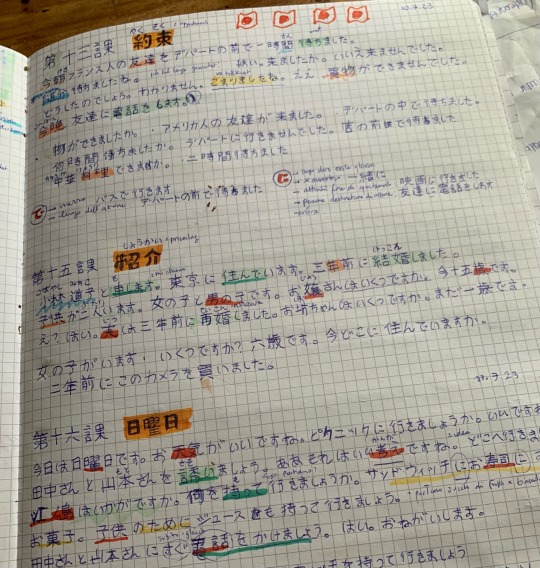
Japanese & Finnish notes 🇫🇮🎌
19 notes
·
View notes
Text
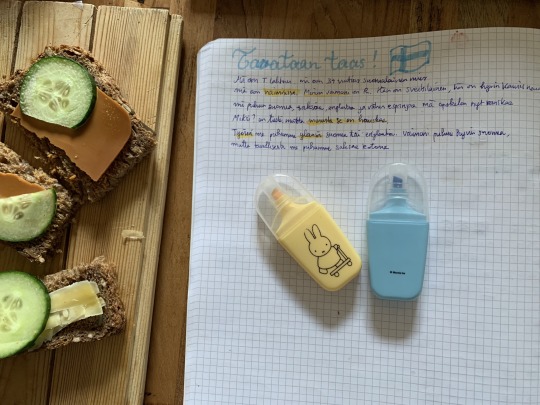

Studying Finnish (2023)
#Finnish#suomenkieli#langblr#studyblr#polyglot#miffy#Nijntje#language blog#are toaster Bread with brunost and peaches#looking at this motivates me a lot to study finnish damn#so much miffy stuff#mine
17 notes
·
View notes
Text
oh by the way, in Danish, "fag" means "subject" and "slut" means "end" so on library shelves you will see "fag slut" to note where the break in book topics is

pronounced fay' sloot
59K notes
·
View notes
Photo

Soooo I made myself an infographic to remember those tricky Japanese Counters.
Thought this might help with your studying as well ~ ;)
1K notes
·
View notes
Text




Kyoto in winter by Riki Shinagawa
2K notes
·
View notes
Text
“I don’t know what magic is precisely, but I know it always begins when you don’t want to leave. From places, thoughts, people.”
"Non so di preciso cosa sia la magia, ma so che inizia sempre quando non te ne vuoi più andare. Dai luoghi, dai pensieri, dalle persone."
Cesare Pavese

6 notes
·
View notes
Text
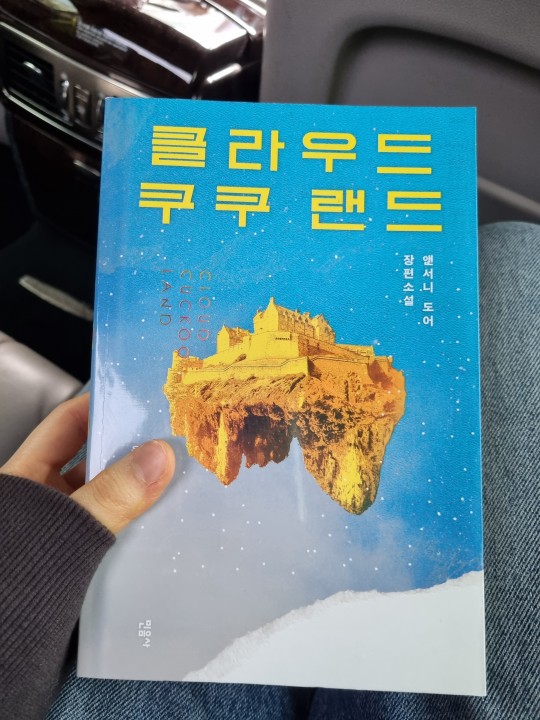

24.02.2024 [😄]
📙: 24시간을 48시간처럼 보내기/ Make each day feel like 48 hours
32 notes
·
View notes
Text
Be gay do crime but in Barvaria and we're putting these everywhere
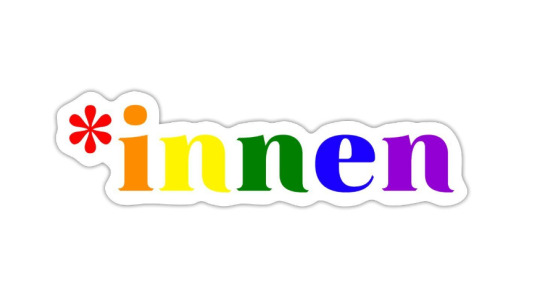
9K notes
·
View notes
Text

Lies!
30 notes
·
View notes
Text
9 number things you might not know as a foreign speaker of Danish
This is a mishmash of both cultural things and linguistic things. The idea for this post appeared in my head at 3 am so bear with me. As for the lack of links, I am adding them in a reblog to try to avoid tumblr nerfing my post.
1) Quarters – how to measure time
In Denmark, we love measuring time in quarters of an hour. We love it so much we don't care about specifying the kind of quarter, it's just kvarter (itk.). Generally, we tend to use kvarter mostly just when speaking about 15 or 45 minutes, but it does go further than that. So here's a quick guide on how to tell time other than just doing as you would in English:
15 minutes – et kvarter
30 minutes – en halv time
45 minutes – tre kvarter
75 minutes/1h 15m – en time og et kvarter · fem kvarter
90 minutes/1h 30m – halvanden time (see 2)
105 minutes/1h 45m – en time og tre kvarter
and so forth, if you care to. Using fem kvarter is uncommon but acceptable, but never go further than that using just quarters of an hour. I would say that once you pass 2 hrs, I most commonly hear people starting to just count hours and minutes as you would in English.
2) Halvanden – half second
An archaic way of saying 'one and a half' that just stuck for some reason. This is the preferred way to say 'one and a half ' for most people. No, this is not a joke.
Halvanden, 'half second' means halfway between one and two. Until quite recently (we're talking less than a century) halvtredje (2.5), halvfjerde (3.5), etc. were also in common use, but they have disappeared so rapidly that most current speakers will have absolutely no idea what the hell you're talking about. However, the ghosts of this way of counting live on in the numbers halvtreds (50), halvfjerds (70), and halvfems (90). You can read more about that in my old post about Danish numbers (see reblogs).
3) Week 42
We use week numbers! Week 1 is the first week in the new year to contain a Thursday, as we count weeks as Monday through Sunday. You don't necessarily need to know what week it is all the time, but a lot of adults use weeks in place of specific dates. I am forever thankful to ugenr.dk (you just type in a date and it tells you what week it is in or vice versa).
Important weeks are:
Week 7/8 – winter break for kids in primary and secondary school (not to be confused with Christmas break). It varies depending on municipality whether it's week 7 or 8. Lots of people go skiing these weeks.
Week 26 through 31 – summer break is usually during these weeks. All students in primary and secondary school, as well as university students and students doing professional bachelor's degrees and the like have these weeks off from school.
Week 42 – arguably the most important week. All students mentioned above have this week off from school. It's autumn break and it's ALWAYS week 42 and JUST week 42. Originally, it was to allow students in rural areas help their parents harvest potatoes (a nickname for autumn break is kartoffelferien 'the potato break'), and we just kept it.
4) DD-MM-(YY)YY
If you write dates as MM-DD people will think you're a lunatic. Don't, unless you're specifically talking about 9/11, colloquially referred to as just 9/11 (nine-eleven, as you would say it in English).
5) 00:00
Denmark, like a lot of other European countries, uses 24hr clocks. Obviously, analogue clocks and watches are common, and it's perfectly ok to say stuff like klokken fire om eftermiddagen 'four o'clock in the afternoon' or klokken otte om aftenen 'eight o'clock in the evening', but you are expected to just know that 21:00 is the same as 9 PM. You can also say klokken toogtyve 'twenty-two o'clock', and it's quite normal to ask for clarification of whether people are talking AM or PM by saying stuff like klokken elleve eller klokken treogtyve? 'eleven o'clock or twenty-three o'clock?'. You cannot use AM and PM when speaking or writing Danish. The day begins at midnight; 00:00.
Don't worry yourself too much over this. Everyone occasionally forgets that 19:00 is in fact 7 o'clock and not 9 o'clock.
6) Halv to – half one
When you're measuring half hours in Danish, you're always measuring towards the next whole number. It's never half past, it's always half to. As such, half (past) one is halv to 'half two' in Danish.
7) Grades (years)
This is an ultra quick rundown of the Danish school system. School is mandatory for 10 years and homeschooling is allowed. This covers primary and lower secondary school.
Most people start school the year they turn 6. My birthday is in April, so I was 6 when I stated school, my sister's birthday is in September, so she was 5.
The mandatory grades are as follows. The ages are all possibly ages of a child attending that grade (not accounting for starting school early or late):
Indskolingen, grades 0-3
0. klasse/børnehaveklasse - 5-7 yo
1. klasse – 6-8 yo
2. klasse – 7-9 yo
3. klasse – 8-10 yo
Mellemtrinnet, grades 4-6
4. klasse – 9-11 yo
5. klasse – 10-12 yo
6. klasse – 11-13 yo
Overbygningen/udskolingen, grades 7-9
7. klasse – 12-14 yo
8. klasse - 13-15 yo
9. klasse - 14-16 yo
Some may choose to do 10. klasse, if they feel like they need more schooling or maybe if they're attending an efterskole.
Once they've finished their mandatory schooling, a lot of Danes choose to attend upper secondary school. You can do it in 3 years (stx, hhx, htx, and eux) or 2 years (hf, 2-årigt studenterkursus). Special circumstances like being an elite level athlete or attending MGK (preparation for attending a music conservatoire) may lead to people spending 4 years in upper secondary. Hf often sees a lot of adult students.
Gymnasium/HF, the grades are said as [ordinal number, letter(s)]
1.g (15-17 yo)/1.hf
2.g (16-18 yo)/2.hf
3.g (17-19 yo)
8) Grades (performance)
Danish schools have a 7-grade system. It's called 7-trinskalaen, and each grade corresponds to an ECTS grade (in fact, it's specifically designed for compatibility, and a lot of people above the age of 30 miss the old scale). Generally, students don't get grades until 7th grade. The grades are:
12 – A
10 – B
7 – C
4 – D
02 – E
00 – Fx
-3 – F
If you are not familiar with the ECTS system, E, Danish 02, is the lowest passing grade. The intention behind the 0's in 02 and 00 is to make it impossible for the students to "change" their grade by just adding 1 in front of the grade, but the 0's are in fact also said out loud.
9) Ordinal numbers
Ordinal numbers are written as a number followed by a full stop. You do not capitalise the first letter of any word following the full stop (see 7) even though MS Word will try to convince you it's the right thing to do.
You can read a lot more about numbers on the Danish numbers post (again, in a reblog), but the basics that might not be covered by formal learning materials are:
nulte zeroth. This literally only exists for 0. klasse and for numbers to the zeroth power.
fyrretyvende/fyrrende* – fortieth
halvtredsindstyvende/halvtredsende* – fiftieth
tresindstyvende/tressende* – sixtieth
halvfjerdsindstyvende/halvfjerdsende* – seventieth
firsindstyvende/firsende* – eightieth
halvfemsindstyvende/halvfemsende* – ninetieth
The forms marked with an asterisk are largely informal spoken language to the degree that they are even considered wrong by some. Generally, they are accepted as the standard forms among the younger generations, but be careful when talking to people above the age of ~45.
56 notes
·
View notes
Text

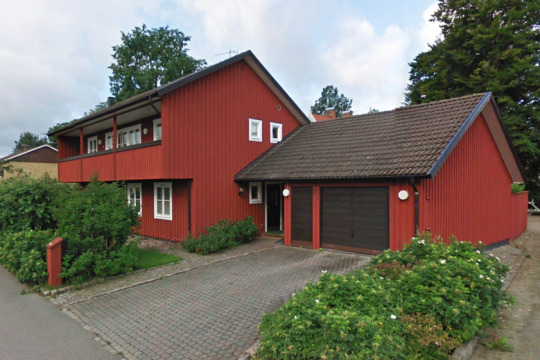
vänersborg, sverige / vanersborg, sweden
18 notes
·
View notes
Text
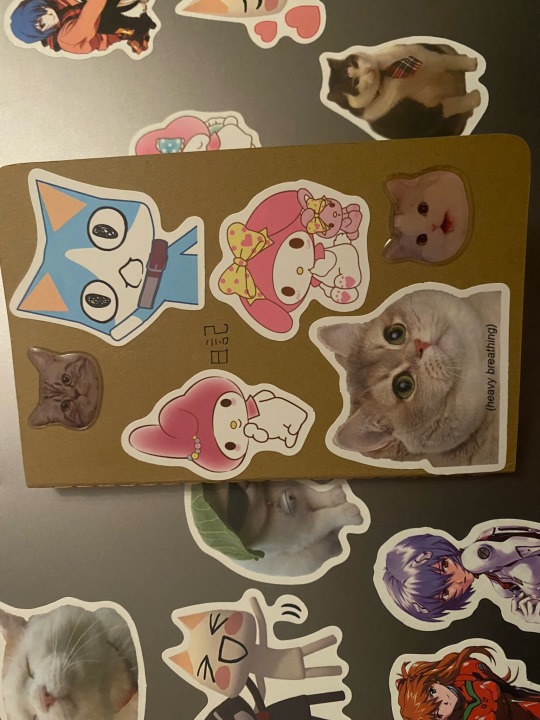
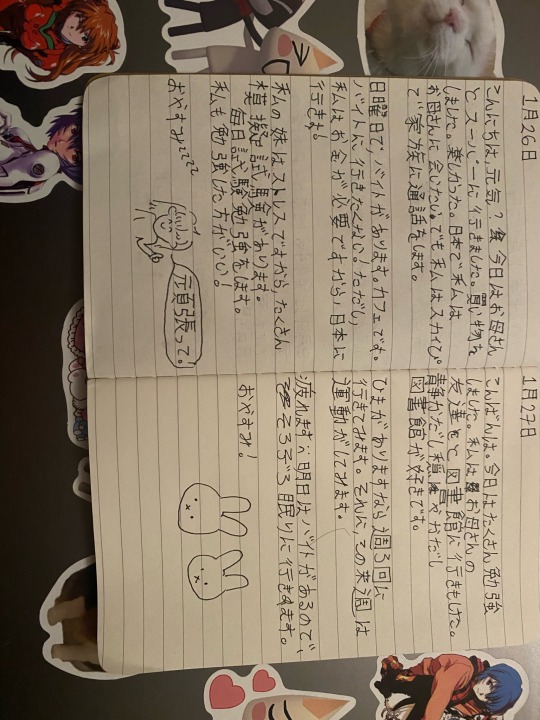
I’ve started doing a new Japanese diary! 私の日本語の日記📓
Everyday I try and use any grammar that I have learnt that day in the diary entry.
(I know there are quite a few mistakes- I’m normally writing this when I’m very sleepy before bed 😅)
83 notes
·
View notes
Text

me when people ask me how to say "I don't care" in french
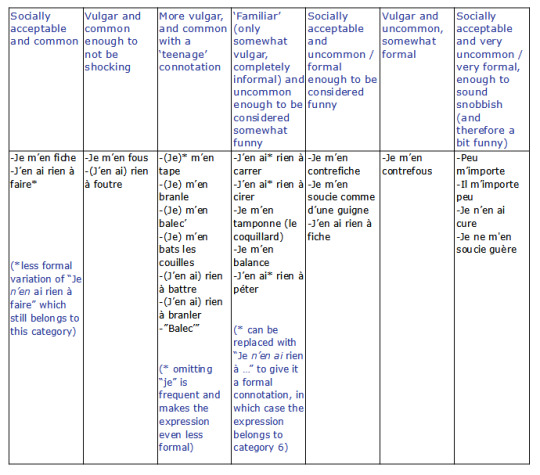
(description:)
The IASIP meme of Charlie Kenny gesturing wildly at a conspiracy board, with the second picture added to his papers - the second picture being a table with 7 columns classifying an exhaustive number of ways of saying "I don't care" in French, based on how common, vulgar and funny they each are.
Column 1: Socially acceptable and common:
-Je m’en fiche
-J’en ai rien à faire*
(*less formal variation of “Je n’en ai rien à faire” which still belongs to this category)
Column 2: Vulgar and common enough to not be shocking:
-Je m’en fous
-(J’en ai) rien à foutre
Column 3: More vulgar, and common with a ‘teenage’ connotation:
-(Je)* m’en tape
-(Je) m’en branle
-(Je) m’en balec’
-(Je) m’en bats les couilles
-(J’en ai) rien à battre
-(J’en ai) rien à branler
-”Balec’”
(* omitting “je” is frequent and makes the expression even less formal)
Column 4: ‘Familiar’ (only somewhat vulgar, completely informal) and uncommon enough to be considered somewhat funny:
-J’en ai* rien à carrer
-J’en ai* rien à cirer
-Je m’en tamponne (le coquillard)
-Je m’en balance
-J’en ai* rien à péter
(* can be replaced with “Je n’en ai rien à …” to give it a formal connotation, in which case the expression belongs to category 6)
Column 5: Socially acceptable and uncommon/formal enough to be considered funny:
-Je m’en contrefiche
-Je m’en soucie comme d’une guigne
-J’en ai rien à fiche
Column 6: Vulgar and uncommon, somewhat formal:
-Je m’en contrefous
Column 7: Socially acceptable and very uncommon / very formal, enough to sound snobbish (and therefore a bit funny):
-Peu m’importe
-Il m’importe peu
-Je n’en ai cure
-Je ne m'en soucie guère
#jaime#merci hahaha#fr#ist funny how immediate sentences in English or whatever are so handy and then in your nl you can’t quite find 1 phrase for it#swearwords#lol
821 notes
·
View notes
Text






Ailu Valle - Sáhtán ja Máhtán (x)
@giftober 2023 | Day 21. Spring/Autumn
Ailu Valle from Gámasmohkki, Finland is a Saami rapper. His lyrics deal extensively with environmental destruction, acculturation and other acute issues affecting Saami youth today.
16 notes
·
View notes
Text
Lihkku beiviin/læhkoeh biejjine/vuorbbe biejvijn Sápmi/Saepmie/Sábme!!
Happy birthday, Sápmi! Today is the national Sámi day, and the day is celebrated by the Sámi all over and even outside Sápmi! It is celebrated with family and friends, food and drinks, music and joik, and laughter and games.
This day is very important for many people, even for the whole of Sápmi. And in the spirit of this day, I want to mention some of Sápmi’s most important figures in the fight against the colonization, discrimination and racism the Sámi people have faced and still faces.
Elsa Kristina Laula Renberg (1877-1931)
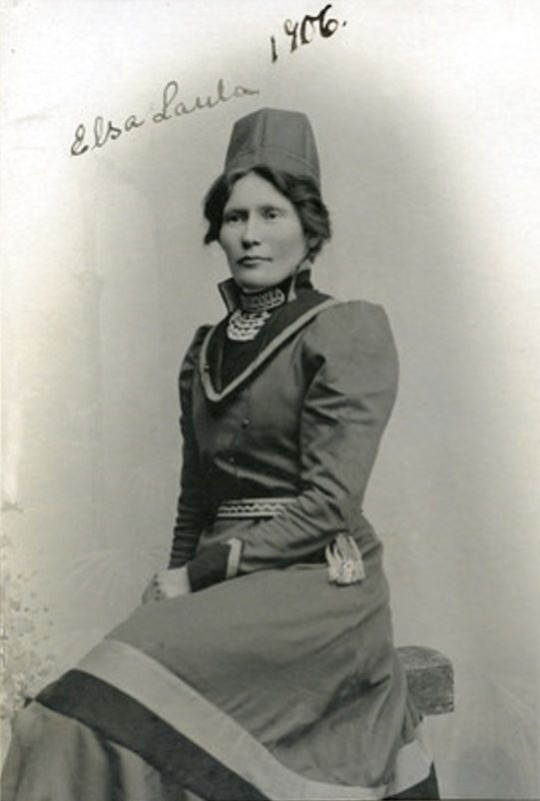
Elsa Laula Renberg was a Southern Sámi woman, reindeer herder, activist, politician, and much more. She was the first Sámi woman to have her writings published. These writings included discussions of the issues the Sámi faced, such as their education, right to own land, the right to vote, etc. The Sámi national spirit was high and reawakened during this time, which made her writings especially important. She encouraged other Sámi women to work and help with this cause. She founded the South Sámi Fatmomakka Association, the first Sámi activist organisation. Her battle was a long one, and she inspired the whole of Sápmi and she til this day remain as one of Sápmi’s most important activists.
Nils-Aslak Valkeapää (1943-2001)

Nils-Aslak Valkeapää (also known as Áillohás) was a Northern Sámi man, artist, singer, author, musician, illustratior, joiker, etc. He was the first Sámi arthour to recive the Nordic Council Literature Prize. He became one of the biggest artist in Sápmi, with the whole world seeing his creations. Áillohás was a pioneer for the joik, not only by bringing it for the everyone to listen, but for combining it with instruments and other genres. He never shyed away from creating art, often creating poems and photos, illustrating it with drawings and paintings, which was often Sámi-centric. He also was politicially active, often talking about the issues the Sámi faced and he was even Culturecoordinatior in World Council of Indigenous Peoples. (Link to Áillohás’s most famous poetry collection - Beaivi, áhcázan, The Sun, My Father: https://archive.org/details/sunmyfathernilsa00nils)
Ella Marie Hætta Isaksen (1998-)

Ella Marie Hætta Isaksen is a Northern Sámi woman, artist, singer, joiker, activist, actor, author, etc. She is today one of Sápmi’s most important people, due to her work as an activist. She is often looked up at as one of Sápmi’s faces. She is an active activist and dedicate a lot of her time and power to fight for Sápmi and against the colonization Sápmi faced, and all the injustices the Sámi still face today. She burns for Sápmi, and have no trouble in bringing up the issues the Sámi face with the public, especially the Norwegian public and goverment. A lot of what she does, centers around the Sámi values in the form of music and acting. She is the main character of the movie Ellos eatnu - la elva leve which has become one of Sápmi’s most important movies. (Ella Marie Hætta’s book is called Derfor må du vite at jeg er same, for anyone that wants to check it out! Please do!)
Of course, there’s way more people who made Sámi history, and I wish I could mention them all in this post! I will make more posts about these people, don’t worry. Hope that everyone who celebrates the Sámi national day have an amazing day!! Lihkku beiviin!!
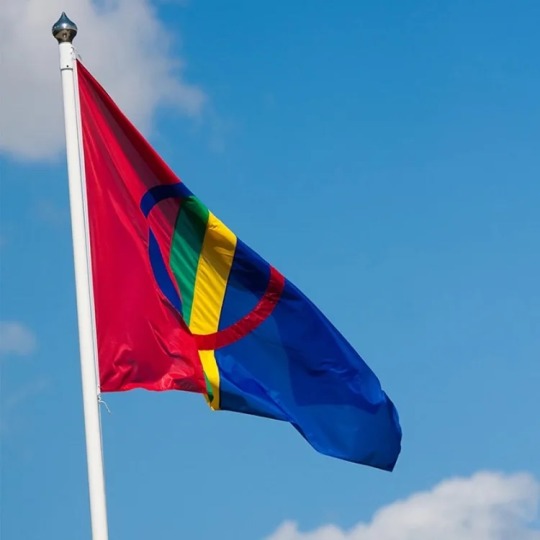
(Sources; Den Store Norske Leksikon)
123 notes
·
View notes
Text



2021 journal with weekdays in Irish (June), German (September) and Estonian (August). Danish, Finnish and Hungarian were used for other months.
0 notes
Text

danish is a beautiful language
12K notes
·
View notes